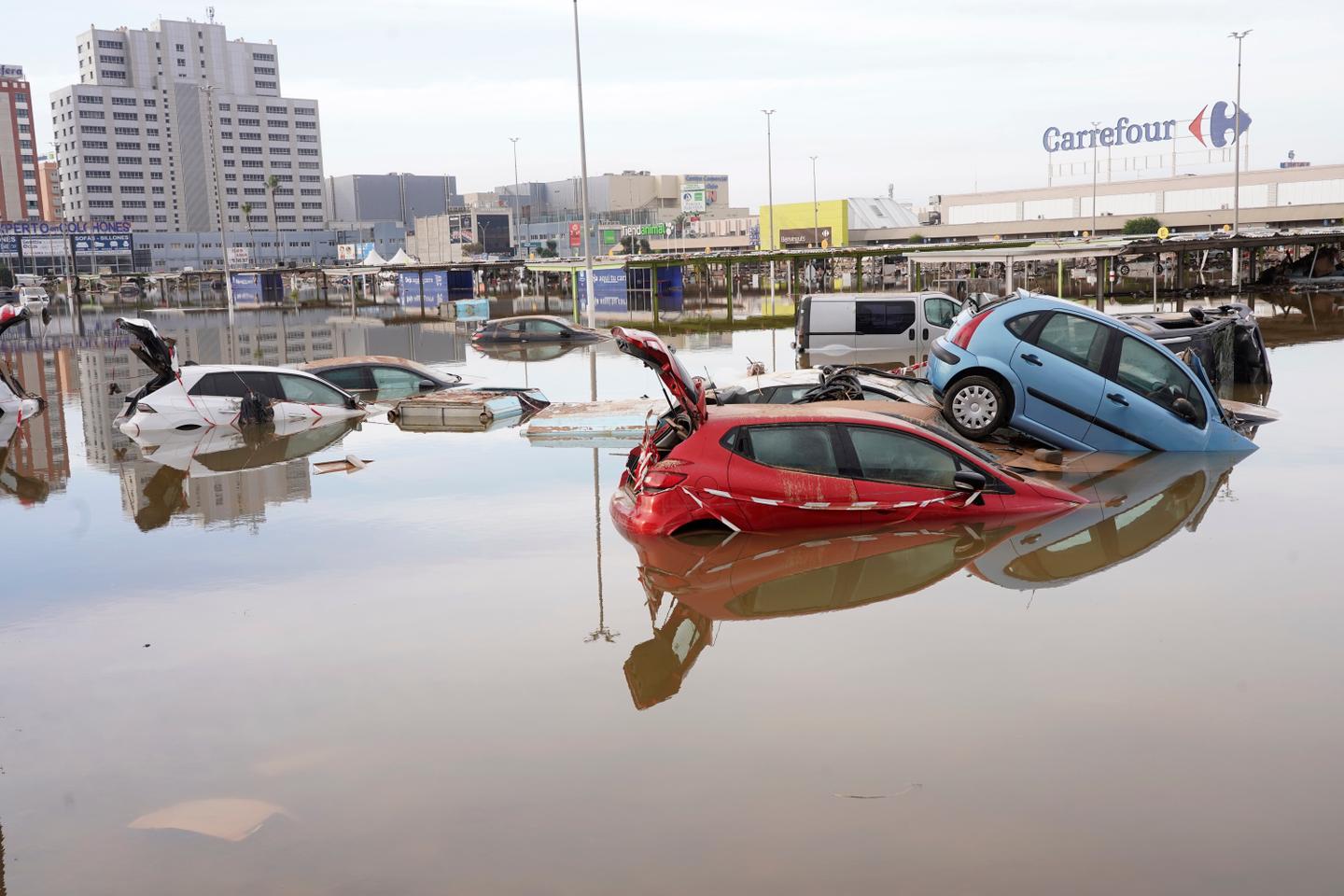


The deadly floods that struck Spain have just been added to the long list of devastating events that have been bereaving Europe and France for over 30 years. This latest disaster comes when the UN has published a new report on the inadequacy of climate policies, which are dragging the planet towards +3.1°C warming by the end of this century, and the third national climate change adaptation plan has just been unveiled. For anyone working on disasters for the past two decades, the only astonishing fact is that we still find a way to be astonished.
There's nothing exceptional about storms of this kind. Occurring every year in autumn, they are typical of Mediterranean climate. They are responsible for a sudden increase in the flow of rivers, which burst their banks and submerge coastal plains. Their violence is even harder to imagine, given that most Mediterranean torrents have a low flow rate. Yet the sheer width of downstream valleys is enough to convince you of the volumes of water that can flow in a matter of hours, rendering any possibility of resistance or even evacuation illusory.
The phenomenon of torrential flooding was well known to the ancients. Locally, they were even given names: "aiguats" in Languedoc, "vidourlades" in Sommières (In the Gard region of southern France). Over the centuries, Mediterranean societies have adapted. Houses were built on higher ground, and bridge arches and piers were calibrated to avoid being washed away or creating destructive logjams.
Artificialized environment
During the 20th century, advances in science and technology led to better weather forecasting, improved warning systems and reinforced dykes. Yet every year, disasters still occur. The cost of damage increases steadily, while the number of victims remains high.
There are two reasons for this paradox. First, the number of people exposed to these risks has risen sharply. Many communities have relied on tourism and the residential economy, with the continuous arrival of new inhabitants, young households or retirees, permanent or temporary residents (second homes). Demographic growth has been driven by urban sprawl in river valleys and coastal plains. Agricultural lands in particular have been subdivided to create single-story houses, which offer no refuge in the event of a sudden rise in water levels.
On the other hand, the environment has been extensively artificialized, with the effect of altering infiltration potential and surface runoff conditions. Roads, slabs and roofs have made the soil impermeable. Natural drains (called "vallons" or "cadereaux," depending on the region) have been culverted or concreted over. In the huertas [areas of intensive irrigated agriculture], orchards have been replaced by greenhouses. In the event of heavy storms, precipitated water can no longer infiltrate: it runs off into the rivers, adding to their flow. Watercourses have also been dammed, dug up, "rectified" or diverted. Some have been slabbed over and channels blocked.
You have 49.2% of this article left to read. The rest is for subscribers only.
